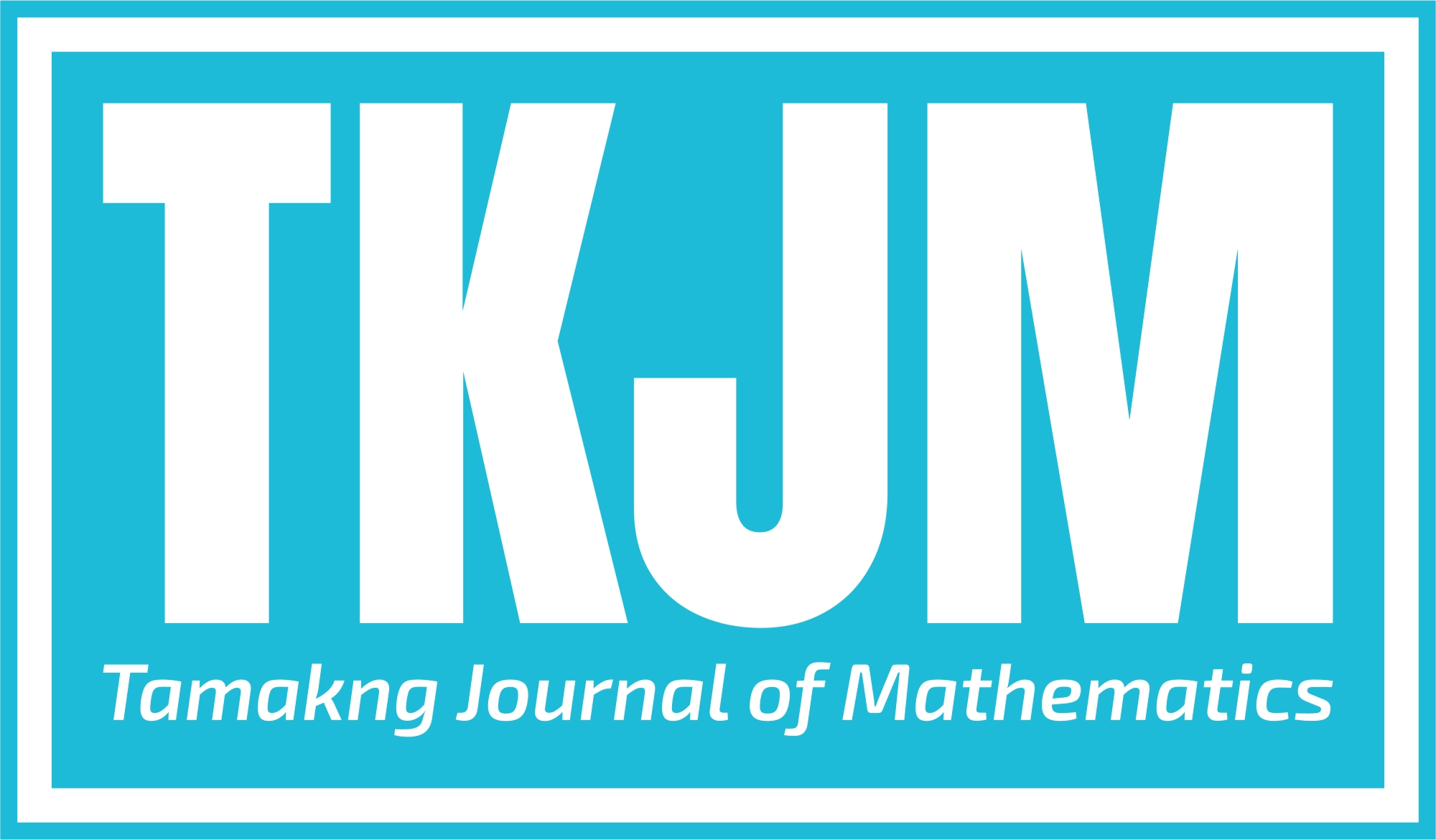Regime shift in a phytoplankton–phosphorus model with vertical structure and seasonality
Main Article Content
Abstract
Many ecological systems are influenced by positive feedbacks between organisms and abiotic environments, which generates multiple stable equilibria of a mathematical model with a hysteresis structure. In addition, discontinuous shifts of system at equilibrium is predicted, which is often called regime shift in ecosystem sciences. This hysteresis structure is unfavorable from environmental management point of view, because the reconstruction of original equilibrium state requests much lower levels of external forcing. Mathematical models proposed in previous works are simple and mathematically tractable ([7],[2]).However, it is difficult to extrapolate from such simple models the occurrence likelihood of regime shift in natural environments since temporally dynamic features in ecology and physico-chemical environments, and spatial dimension are less explored in those models. In this study, we construct a realistic but mathematically tractable model of interaction between phytoplankton and phosphorus, which incorporates (1) 1-dimensional vertical structure of lake ecosystem and (2) seasonal periodic cycle of water mixing. We aim to understand the impact of changes in seasonality in various types of lakes on the occurrence of multiple attractors (periodic solution) and hysteresis structure.
Article Details
References
A. D. Barnosky, E. A. Hadly, J. Bascompte, E. L. Berlow, J. H. Brown, M. Fortelius,W. M. Getz, J. Harte, A. Hastings, P. A. Marquet, and others, Approaching a state shift in Earth's biosphere, Nature, 486(2012), 52--58.
S. R. Carpenter, D. Ludwig, and W. A. Brock, Management of eutrophication for lakes subject to potentially irreversible change, Ecological applications, 9(1999), 751--771.
F. S. Chapin III, C. Folke, and G. P. Kofinas, A framework for understanding change, Principles of ecosystem stewardship, Springer,New York, (2009), 3--28.
C. Folke, S. Carpenter, B. Walker, M. Scheffer, T. Elmqvist, L. Gunderson, and C. S. Holling, Regime shifts, resilience, and biodiversity in ecosystem management, Annual Review of Ecology, Evolution, and Systematics,(2004), 557--581.
M. Genkai-Kato, and S. R. Carpenter,Eutrophication due to phosphorus recycling in relation to lake morphometry, temperature, and macrophytes, Ecology, 86 (2005), 210--219.
M. Scheffer and S. R. Carpenter, Catastrophic regime shifts in ecosystems:linking theory to observation, Trends in ecology & evolution,18(2003), 648--656.
M. Scheffer, S. H. Hosper, M. L. Meijer, B. Moss, and E. Jeppesen, Alternative equilibria in shallow lakes, Trends in ecology & evolution, 8(1993), 275--279.
M. Sondergaard, J. P. Jensen, and E. Jeppesen, Role of sediment and internal loading of phosphorus in shallow lakes, Hydrobiologia, 506(2003), 135--145.
